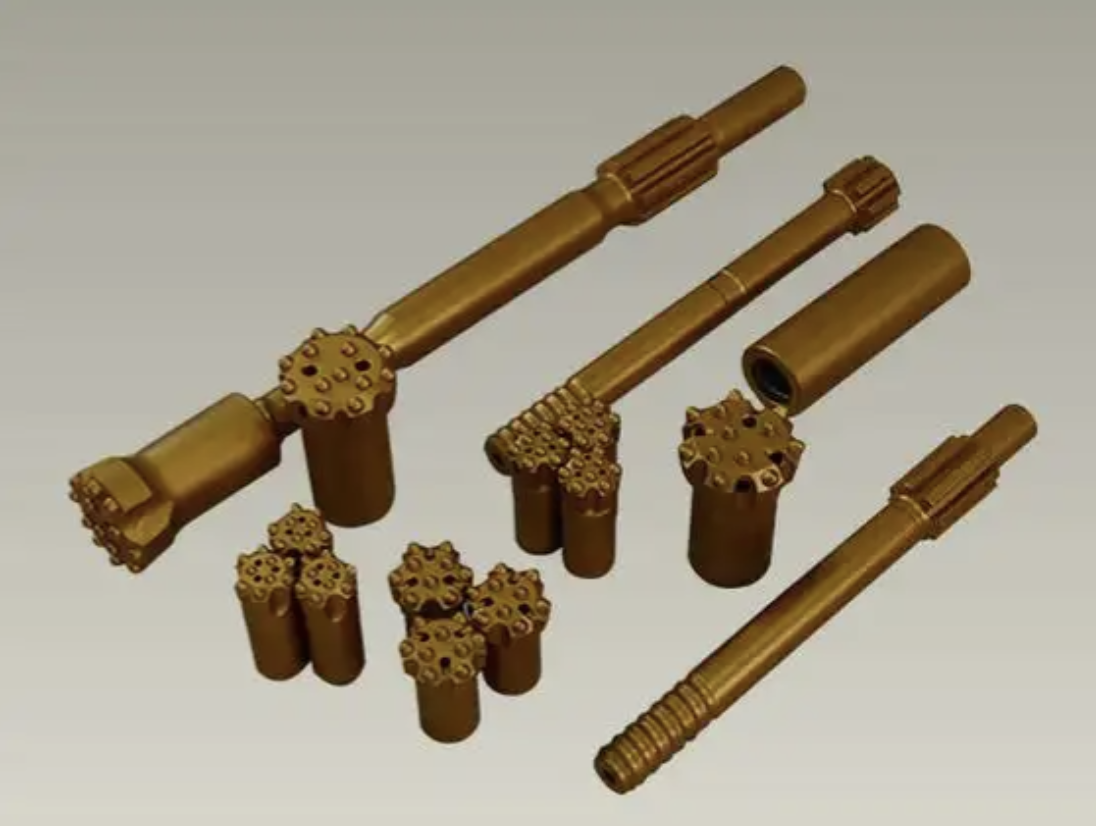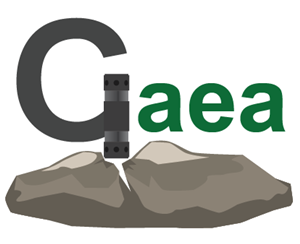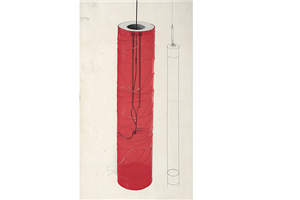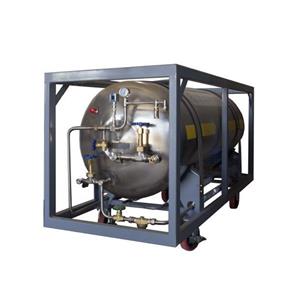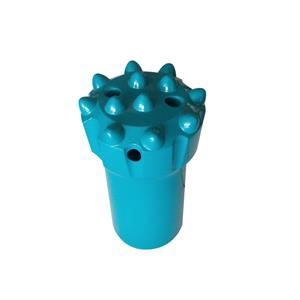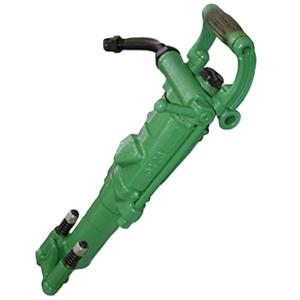Proper DTH Hammer Operation: 9 Key Steps to Double Efficiency and Reduce Wear
The Down-The-Hole (DTH) hammer, also known as a pneumatic hammer or pneumatic down-the-hole hammer, is a percussion drilling tool powered by compressed air. It utilizes the energy from compressed air to generate a continuous impact load for breaking rock, while the air also serves as a medium for flushing the hole. Correctly operating the DTH hammer is crucial for improving work efficiency and minimizing equipment wear. The following guide details the proper operating procedures.
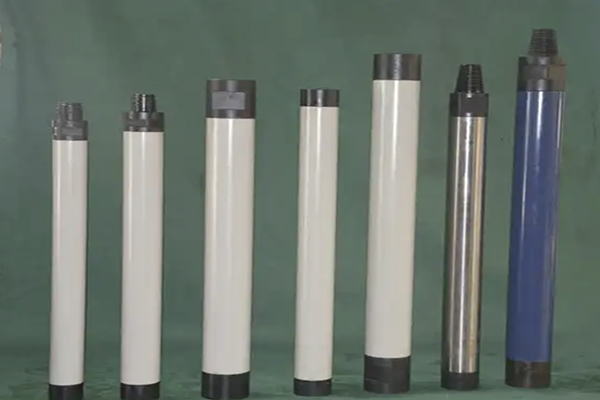
1. Ensure Sufficient Operating Air Pressure
Operating a DTH hammer below its specified air pressure will significantly decrease its impact energy and frequency. This not only fails to break rock effectively but also prevents the timely flushing of rock cuttings from the hole. Consequently, the drilling speed will plummet, bit wear will accelerate, and drilling costs will rise substantially. Therefore, you must never operate the hammer below its required working pressure.
2. Select a Reasonable Rotation Speed
The selection of the drill string's rotation speed should be based on the type of rock being drilled. For rock with good drillability, a higher rotation speed should be chosen to increase the spacing between consecutive impact points. Conversely, for rock with poor drillability, a lower rotation speed is recommended.
3. Maintain Appropriate Axial Pressure
The axial pressure (or feed force) applied to the DTH hammer should be just enough to prevent it from bouncing during operation. Excessive axial pressure when drilling in hard rock can overload the rotation mechanism, potentially leading to damage to the rotator and drill rods, while also accelerating tool wear. In softer, more drillable rock, excessive pressure can cause the drill to advance too quickly, resulting in a jamming incident.
4. Ensure Reliable Lubrication
After completing each hole, the DTH hammer should be disassembled, cleaned, and lubricated with a proper amount of hydraulic or machine oil upon reassembly. The choice of lubricating oil should be adapted to the season: use No. 20 machine oil in the summer and No. 5-10 machine oil or No. 5 spindle oil in the winter.
5. Keep the Air Path Clean and Unobstructed
Before attaching the hammer to the drill rig, the opening of the backhead (top sub) should be temporarily plugged to prevent foreign debris from falling inside. Prior to connecting the drill rod to the hammer, the inside of the rod should be thoroughly cleaned by blowing compressed air through it.
6. Strictly Prohibit Reverse Rotation of the Drill String
The drill rods and the DTH hammer are connected with threaded joints. Reverse rotation can cause these components to unscrew, leading to an accident where the hammer and bit are dropped down the hole. Therefore, reverse rotation of the drill string is strictly forbidden during operation and should also be avoided for the in-hole portion of the string during rod removal.
7. Do Not Stop the Air Supply First When Halting Drilling
When you reach the target depth and stop drilling, do not immediately shut off the air supply to the hammer. A sudden stop in airflow can cause rock cuttings that have not yet been cleared from the hole to fall back to the bottom, burying the drill bit and causing it to become jammed. The correct procedure is to first lift the hammer slightly off the bottom of the hole to cease impact, then continue to blow air strongly to flush the hole until no more cuttings or rock dust are ejected from the collar. Only then should the air supply be stopped, the rotation ceased, and the drill string lowered.
8. Properly Control Water Feed for Wet Drilling
When conducting wet drilling operations, the amount of water introduced into the hammer must be carefully controlled. The ideal volume is one that suppresses dry rock dust without creating a thick mud slurry, which can impede flushing.
9. Be Mindful of Diameter Changes When Replacing Bits
If a drill bit becomes worn before the hole is complete, do not replace it with a brand-new bit to finish the same hole. The diameter of the new bit will be larger than the hole drilled by the worn bit, which can easily cause the new bit to become jammed.
